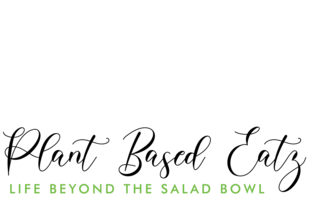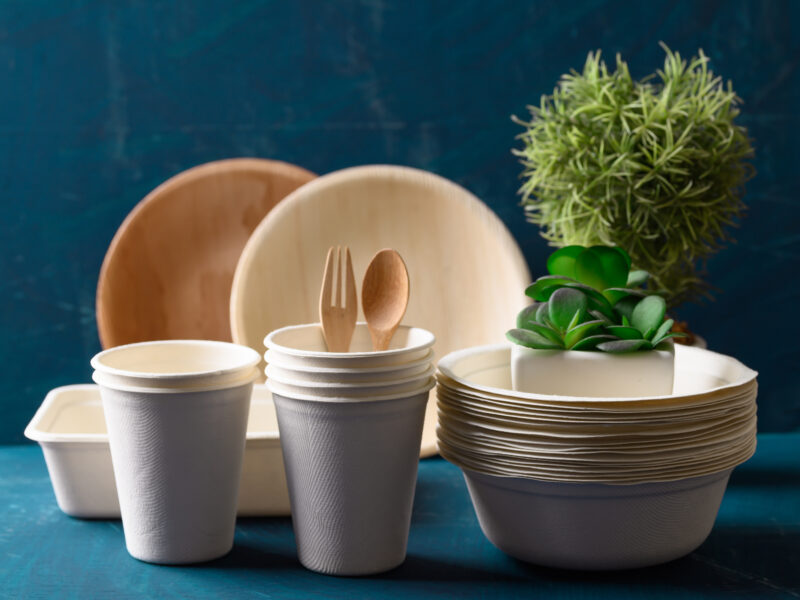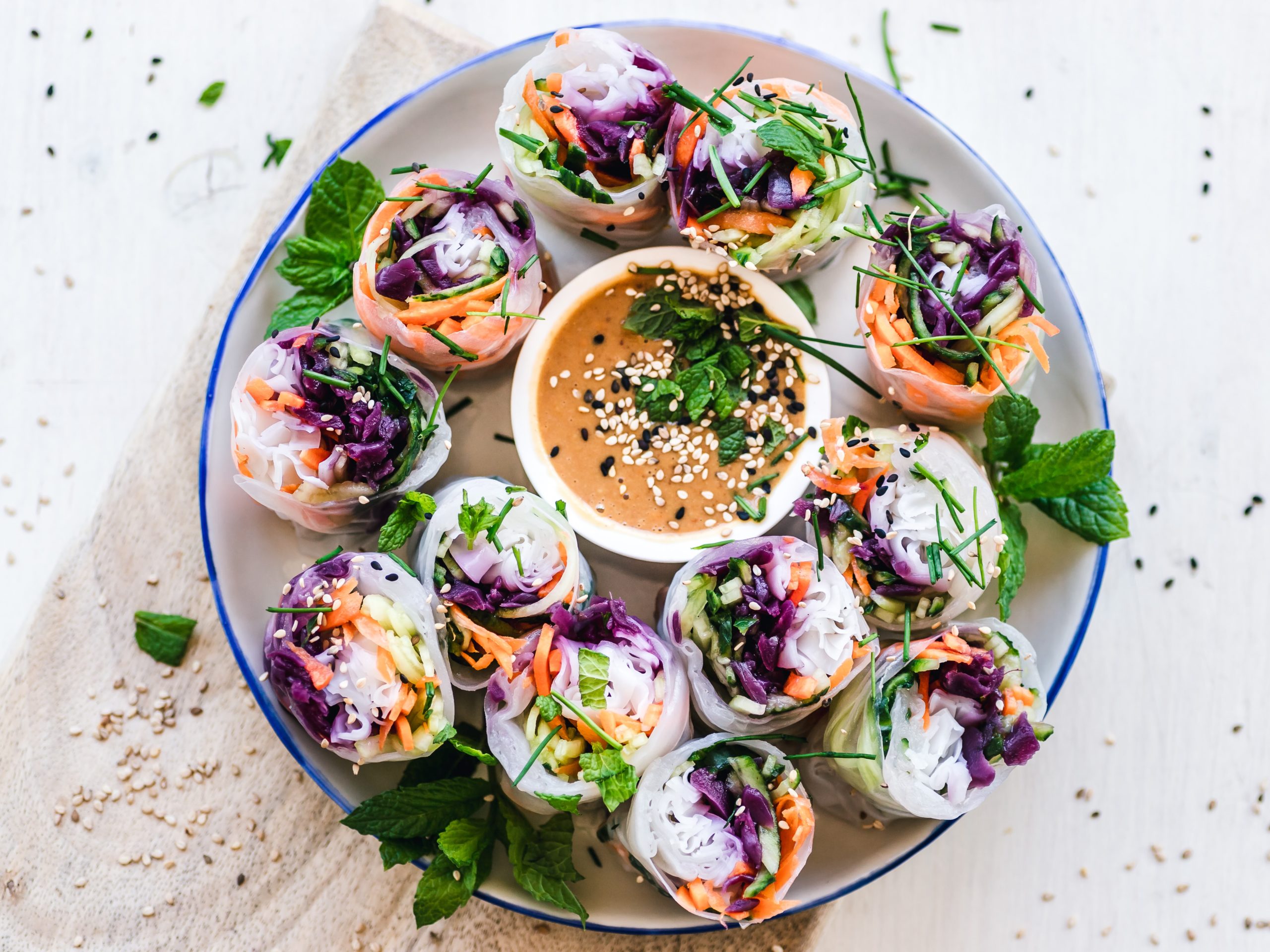In today’s fast-paced world, convenience often comes at a cost, and one area where this is particularly evident is in food packaging. Walk into any grocery store, and you’ll be greeted by shelves filled with products wrapped in layers of plastic, cardboard, and other materials. While packaging plays a vital role in preserving and protecting food, it also has a significant impact on the environment. The excessive use of packaging contributes to plastic waste, pollution, and resource depletion. In this blog post, we will explore the environmental impact of food packaging and provide practical tips on how to reduce it, allowing us to make more sustainable choices for the planet and future generations.
Plastic pollution and waste:
Plastic packaging, especially single-use plastics, has become a pervasive environmental problem. Plastics take hundreds of years to break down, and many end up in our oceans, harming marine life and polluting ecosystems. By reducing our reliance on plastic packaging, we can significantly decrease plastic waste and protect our environment.
Energy consumption and carbon emissions:
The production, transportation, and disposal of food packaging contribute to energy consumption and greenhouse gas emissions. Manufacturing packaging materials and processing them require substantial energy inputs, often derived from non-renewable sources. By minimizing packaging waste, we can reduce our carbon footprint and combat climate change.
Resource depletion and landfills:
Food packaging consumes valuable resources such as water, energy, and raw materials. Additionally, when packaging is discarded after use, it often ends up in landfills, taking up space and contributing to environmental degradation. By opting for sustainable packaging alternatives and embracing waste-reduction practices, we can conserve resources and minimize the burden on landfills.
Practical tips to reduce food packaging:
- Choose products with minimal or eco-friendly packaging.
- Buy in bulk to reduce individual packaging waste.
- Bring your reusable bags and containers when shopping.
- Opt for fresh, unpackaged produce whenever possible.
- Look for brands that prioritize sustainable packaging materials.
- Support local markets and farmers who use minimal packaging.
~ Your Neighborhood Health Dealing Nutritionist & Chef ~ K



 Tips for Starting Your Own Vegetable Garden
Tips for Starting Your Own Vegetable Garden

